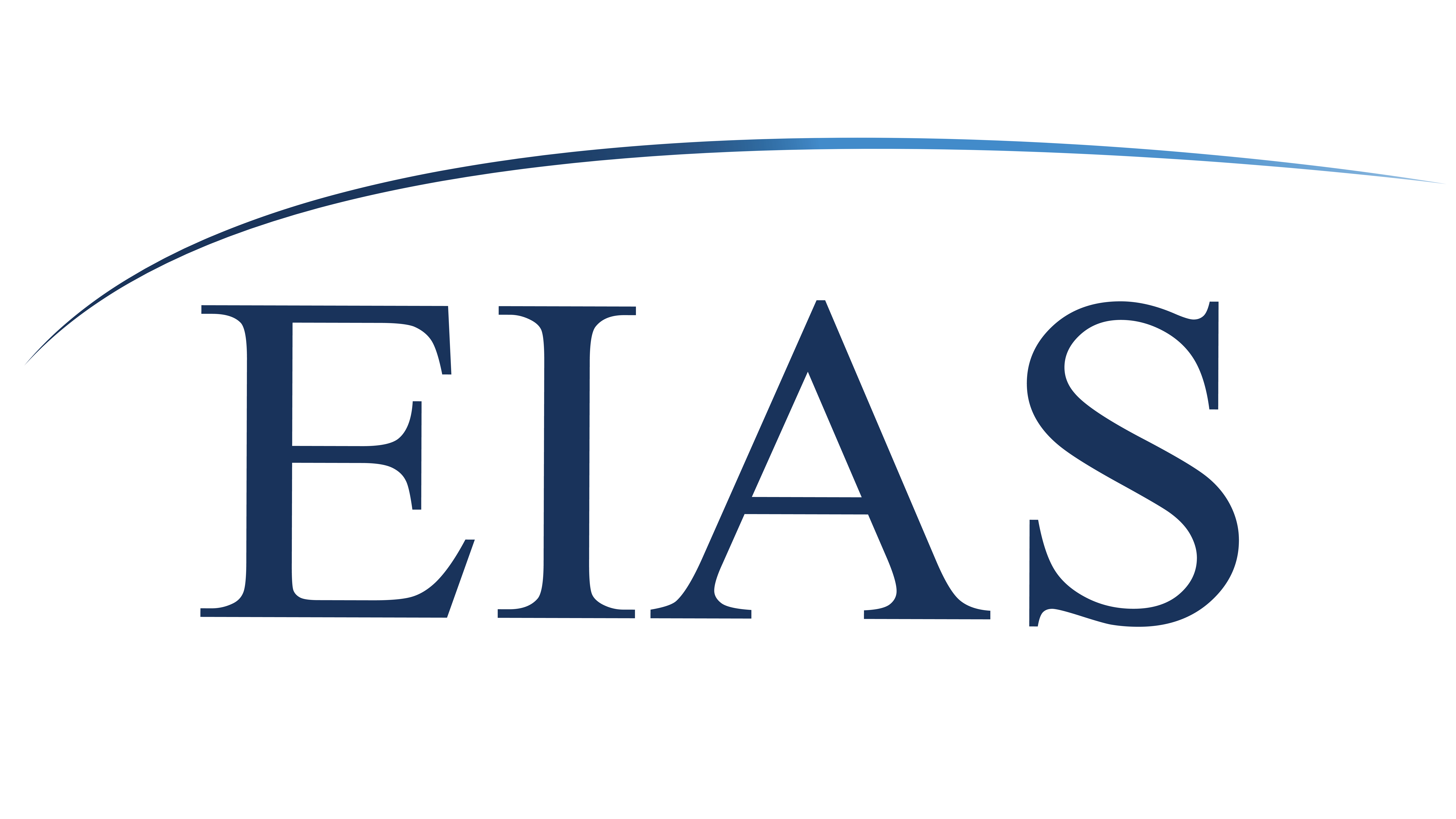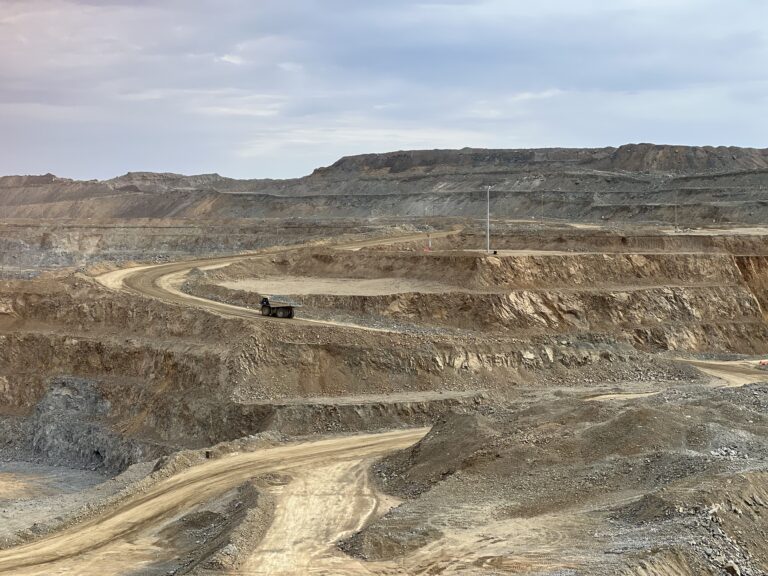The EU has recognised the strategic importance of Central Asia in securing CRMs and has signed Memorandums of Understanding (MoUs) on critical raw materials with Kazakhstan and Uzbekistan—making them the only two Central Asian countries to establish such formal agreements. These partnerships reflect the EU’s efforts to diversify its supply chains and reduce dependency on a limited number of suppliers, particularly as demand for CRMs continues to grow. Europe’s green transition hinges on a reliable supply of critical materials such as rare earth elements (REE) and lithium, among others. With its vast mineral wealth and strategic location, Central Asia seems like an obvious solution. Yet, the reality is far more complex.
Central Asia’s Untapped Potential
Recent developments in Kazakhstan and Uzbekistan highlight their growing importance in the global CRM supply chain. Kazakhstan, with its substantial deposits of CRMs, including rare earth elements, chromium, and tungsten, has begun modernising its mining sector to meet international standards. Meanwhile, Uzbekistan has opened its mining sector to foreign investment, particularly in copper and REE production, attracting major players interested in developing its underexplored CRM potential. Notably, these are all key materials essential for Europe’s digital and green transition.
The potential for production expansion is significant. Kazakhstan currently produces 19 of the EU’s 34 critical raw materials and is poised to expand to 21. Uzbekistan ranks as the world’s fifth-largest uranium supplier and is also rich in silver, titanium, molybdenum, and gold. However, the path to becoming reliable suppliers for Europe’s green technology sector faces substantial challenges, with Kazakhstan and Uzbekistan seeking to expand their renewable energy sector while still relying on fossil fuels. In addition, they are facing environmental concerns from growing CRM production, and are struggling with logistical and infrastructure constraints.
Sustainability Paradox
Environmental standards remain a primary concern. While Kazakhstan adopted a new Environmental Code in 2021, implementation has been inconsistent. Mining operations in both Kazakhstan and Uzbekistan continue to rely heavily on coal-powered energy, creating a paradox where materials meant for green technology are extracted using fossil fuels.
Kazakhstan, in particular, remains deeply dependent on coal, which accounts for 57% of the country’s total operating power generation capacity. Global Energy Monitor (GEM) reports that the country also leads the Caucasus and Central Asia region in planned coal projects, with 4.6 GW of new capacity in development. Although Kazakhstan has pledged to increase the share of non-fossil electricity to 15% by 2030 and 50% by 2050, GEM data show that current power sector plans fall short, and renewable energy projects remain limited. Some coal plants are set to be retired or converted to gas, but Kazakhstan’s reliance on fossil fuels continues to shape its industrial landscape.
Uzbekistan, while still expanding its oil and gas capacity, has taken more ambitious steps toward renewables. According to GEM, the country leads the region in renewable energy development, with 2.4 GW of wind and solar currently under construction. However, even with these efforts, fossil fuels continue to dominate, as 5.8 GW of oil and gas capacity is also being built, outpacing clean energy growth. Despite its progress, Uzbekistan still falls 30% short of its 2030 renewable energy target, highlighting the gap between its ambition and overall execution.
The contradiction remains clear: while both Kazakhstan and Uzbekistan position themselves as key suppliers of critical materials for the green transition, their mining and industrial sectors continue to be powered by fossil fuels, undermining their own sustainability goals.
Logistics and Infrastructure: The Missing Links
Infrastructure presents another hurdle. The Trans-Caspian International Transport Route (TITR), while promising, would require significant upgrading to handle increased mineral shipments. Port facilities at Kazakhstan’s Aktau and Kuryk on the Caspian Sea already operate at maximum capacity during peak periods, creating bottlenecks in the supply chain.
The processing capability gap poses perhaps the most significant challenge. Most CRMs extracted in the region still require processing elsewhere, in practice often in China, which controls much of the global processing capacity. Both Kazakhstan and Uzbekistan have announced plans for new processing facilities, but developing this capability requires substantial investment and technical expertise.
European Commission data indicate that the EU’s demand for critical raw materials will increase dramatically by 2030. For example, lithium demand is expected to grow twelve-fold, while REE requirements could increase by six times compared to current levels. This growing demand has spurred EU interest in Central Asian supplies as part of its supply chain diversification goal. As a result, the EU’s engagement with the region has intensified through various initiatives, mainly embodied by investment frameworks, which support exploration, extraction, and processing infrastructure development in Kazakhstan.
Balancing Economic Growth and Environmental Risks
The expansion of mining operations is a double-edged sword. On the one hand it improves employment opportunities for local communities near mining sites. However, on the other hand, it raises concerns about its effects on the environment. For example, the Karaganda region of Kazakhstan, with its expansive industrial operations such as mining and metallurgy, is facing major environmental complications. Studies report that even though the Karaganda region’s mining and metalworking industries boost the region’s economy, the air, water, and soil pollution levels are alarming.
Similar concerns echo across mining regions in Uzbekistan. Mining and industrial operations in the country have taken a toll on the environment, especially in the Tashkent region, where heavy industry, thermal power plants, and chemical production have led to a 1.5-fold increase in emissions over the past decade. Mining in Uzbekistan is not just driving up emissions—it is also accelerating desertification and soil erosion. The increasing scale of mining and the oil and gas industry has led to widespread land degradation, stripping away vegetation and leaving soil exposed. As extraction sites expand, the impact on the environment grows, making the land more vulnerable to erosion and long-term damage.
A Realistic Path to Cooperation
The expansion of CRM production in Kazakhstan and Uzbekistan could play a crucial role in the EU’s push for digital sovereignty. REE, gallium, and germanium—key materials for semiconductors, fibre-optic networks, and data centres—are in growing demand as Europe looks to diversify its supply chains as part of its emerging strategic autonomy efforts. This creates a unique opportunity for the EU to go beyond simply securing resources and instead build a deeper, tech-driven partnership with both countries. By enhancing collaboration on sustainable CRM extraction, local processing and digital supply chain management, Europe can strengthen its access to critical materials while supporting innovation and modernization in Central Asia.
Dismissing Central Asia’s potential would be shortsighted. Both countries have demonstrated a willingness to modernise, and with the right incentives, they could integrate more sustainable practices into their extraction industries. The solution lies in a balanced approach. The EU could leverage its regulatory power and technical expertise to help modernise Central Asia’s mining and processing sector while recognising that transformation will not happen overnight. This means setting realistic timelines for environmental compliance while providing concrete support for modernisation efforts.
Specific steps could include joint ventures in sustainable mining and processing technologies with key players like the Eurasian Resources Group (ERG) and Kazakhmys operating in Kazakhstan. In Uzbekistan, collaborations could be explored with companies like Orano engaged in uranium mining through its joint venture Nurlikum Mining LLC. Additionally, expanding renewable energy to power mining, such as through EBRD-backed wind projects in Kazakhstan, could be an important area for development. The EU’s Critical Raw Materials Act provides a framework for such cooperation, but its success will depend on sustained engagement and realistic expectations.
The transformation of Central Asia’s mining and processing sector represents a critical test case for the EU’s ability to secure sustainable CRM supplies while promoting environmental and social standards in its external action. Building a success story could provide a template for similar partnerships in Central Asia and other regions, while failure might push the EU back toward greater dependence on existing suppliers.
As global demand for critical raw materials continues to grow, the decisions made in Central Asia’s mining and processing sector will have lasting implications for both regional/international development and Europe’s green transition. The coming years will provide evidence of whether this emerging partnership can balance economic opportunity with environmental responsibility.
Author: Roza Omarova, EIAS Junior Researcher
Image source: AK Altynalmas

